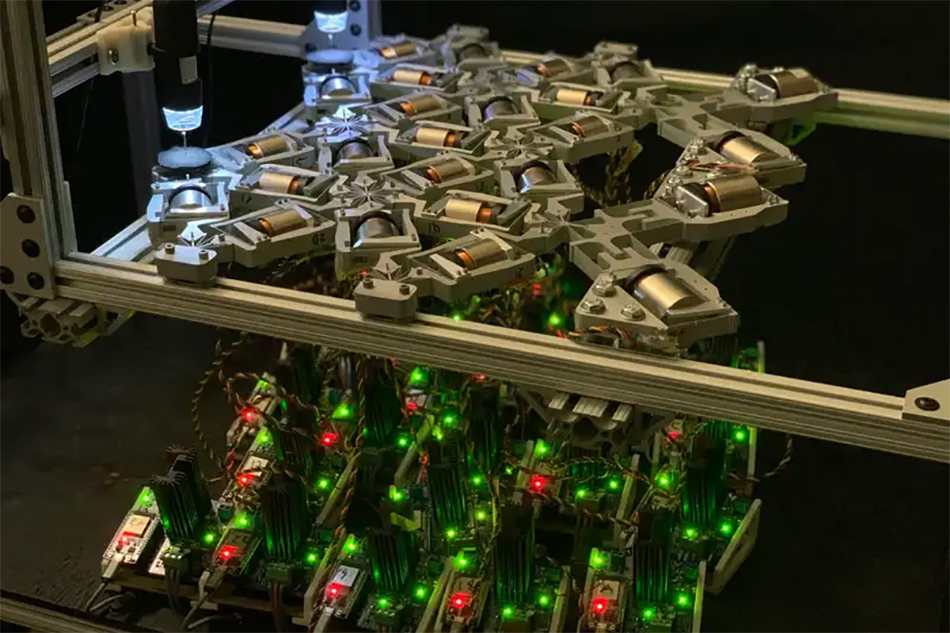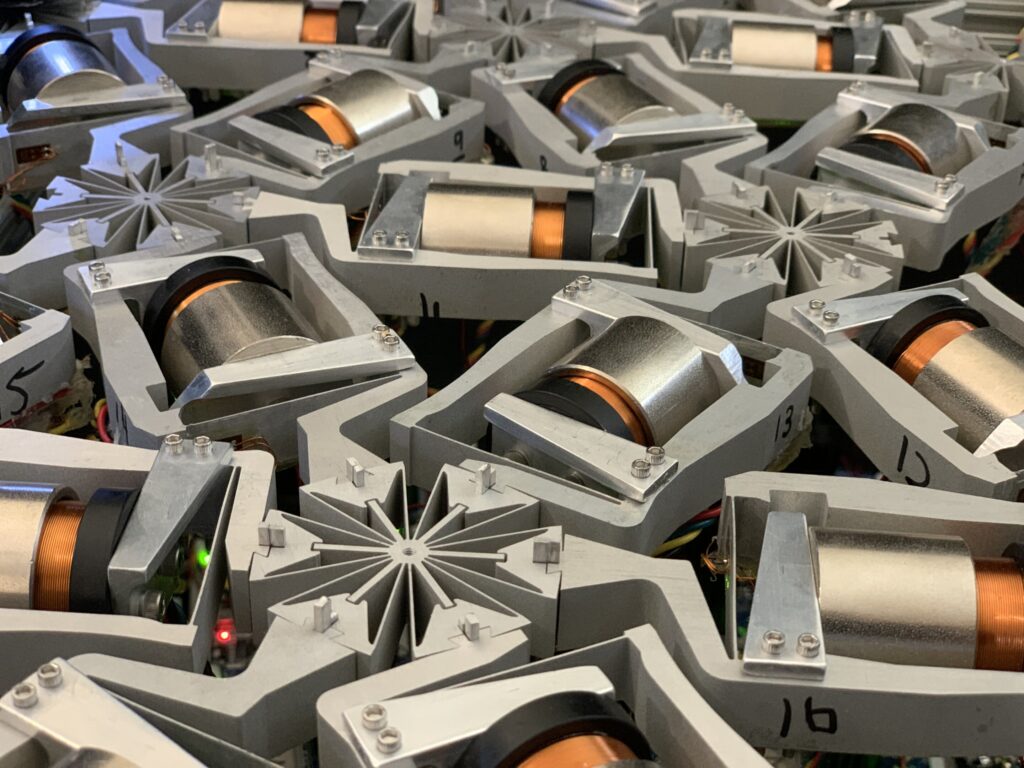Novel AI Material Can Learn Behaviors and Adapt to Changes
The mechanical engineers at the University of California, Los Angeles, recently announced that they created a new material capable of learning behaviors and developing muscle memory over time. In addition, they said that the new material could allow real-time adaptation to changing conditions.
The new material consists of a structural system with tunable beams. The system allows the material to change its behaviors and shape in response to external forces. The results of their research could affect the construction of buildings, imaging technologies, and aircraft development. The research results were published in the Science Robotics journal.
Lead researcher Jonathan Hopkins, a professor of aerospace and mechanical engineering at the UCLA Samueli School of Engineering, explained that their research shows that an AI material can learn to exhibit the intended behaviors and properties when exposed to nearby conditions. They used the principles employed in machine learning to give their material its adaptive and intelligent properties.
Mechanical neural network
What the research engineers built was a mechanical neural network (MNN). At present, their system is as large as a microwave oven. However, they are already simplifying the design to manufacture thousands of MNNs on a micro-scale to make them more practical.
For example, when the MNN is used in aircraft wings, it can learn to modify the shape of the wings according to wind patterns during a flight. Doing so will help improve the maneuverability and efficiency of the plane. Researchers said that the material could self-adjust its rigidity in specific areas of a building structure, which would increase the overall stability during man-made or natural disasters.
The material they created is the mechanical equivalent of an artificial neural network (ANN). The components make up an interconnected system using and altering concepts used in existing ANNs. Artificial neural networks are the algorithms applied to machine learning.
The mechanical version the researchers developed consists of tunable beams in a pattern resembling a triangular lattice. Each one has strain gauges, a voice coil, and flexible elements (flexures) that allow the component to change length, interact with other beams within the system, and adapt to the changes in its surroundings in real-time.
The parts perform specific functions. The voice coil converts magnetic fields into mechanical motion. It also starts the fine-tuned expansion or compression in response to the forces on the beam. The strain gauge collects data from the motion of the beam. The system uses the data in the algorithm to manage the system’s learning behavior. The flexures are the joints on the moveable beams to facilitate connection to the system.
The system’s optimization algorithm controls the entire system using the data collected from the strain gauges. The data determines the correct combination of rigidity values to adapt to an applied force. Cameras check the validity of the data from the strain gauges.

Fine-tuning
The researchers solved the system lag they observed in their early prototypes by changing the primary parts and the thicknesses and designs of the lattice patterns. This aspect alone took the researchers five years to complete.
Now that they have fine-tuned the system’s operation, they will focus on making the MNN smaller. At this point, the researchers are optimistic about their work and the possible applications of the system, such as in construction materials, materials for vehicle manufacturing, acoustic imaging technologies, and shockwave-deflecting armor.
